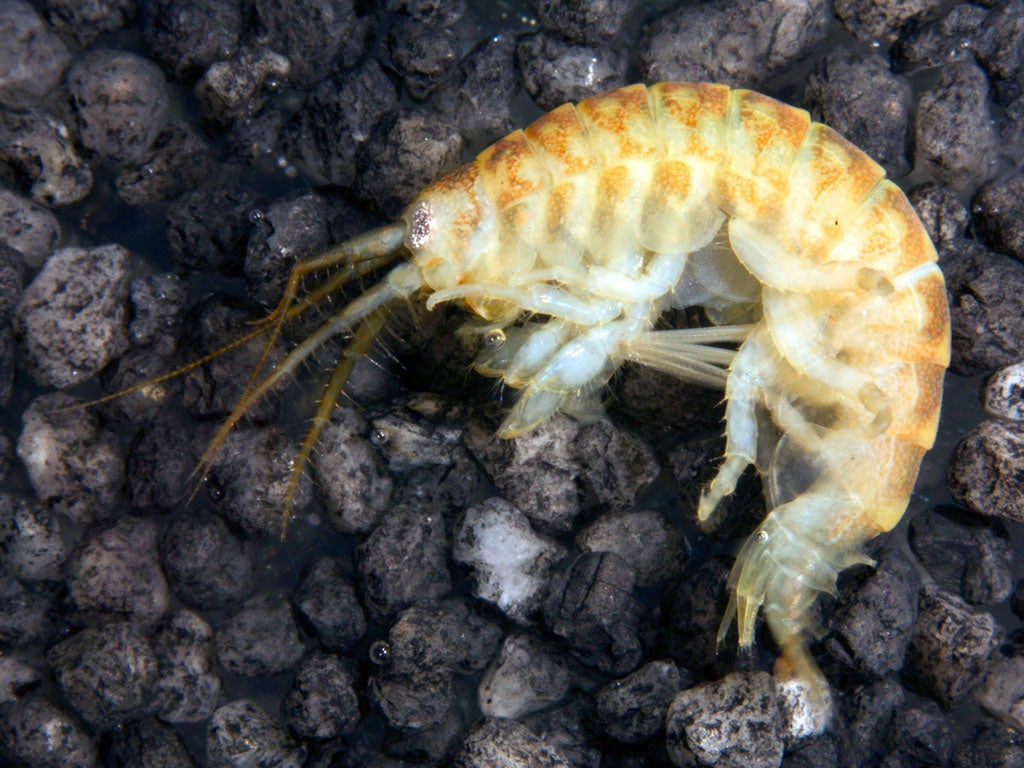Spread of 'killer shrimp' leads to troubled waters

Your support helps us to tell the story
From reproductive rights to climate change to Big Tech, The Independent is on the ground when the story is developing. Whether it's investigating the financials of Elon Musk's pro-Trump PAC or producing our latest documentary, 'The A Word', which shines a light on the American women fighting for reproductive rights, we know how important it is to parse out the facts from the messaging.
At such a critical moment in US history, we need reporters on the ground. Your donation allows us to keep sending journalists to speak to both sides of the story.
The Independent is trusted by Americans across the entire political spectrum. And unlike many other quality news outlets, we choose not to lock Americans out of our reporting and analysis with paywalls. We believe quality journalism should be available to everyone, paid for by those who can afford it.
Your support makes all the difference.One of Britain's most dangerous invasive species, the so-called "killer shrimp", which destroys a wide range of water life, has started to spread across the country in a development described as "potentially disastrous".
The small crustacean, originating in Eastern Europe, has a damaging effect on aquatic ecosystems out of all proportion to its size, preying on a range of invertebrates and young fish, and sometimes causing their extinction.
It was first found in Britain in 2010, in South Wales and Grafham Water, a reservoir in Cambridgeshire, and it was thought that a rigorous regime of biosecurity had confined Dikerogammarus villosus to its original locations. But yesterday the Environment Agency announced that it had been found in the Norfolk Broads, Britain's premier destination for boating holidays.
"This is a potentially disastrous development," said Mark Lloyd, the chief executive of the Angling Trust, which represents anglers in England. "If it gets widespread through Britain it would dramatically change invertebrate populations of rivers and lakes.
"The whole ecosystem is based on there being a great diversity of invertebrate life, and if you suddenly reduce that diversity greatly, that has knock-on impacts for fish, birds and the ecosystem in general. This is one of the worst invasive species Britain has seen."
The shrimp has been found in Barton Broad, the second-largest of the broads after Hickling Broad, the Environment Agency said.
"Barton Broad is highly popular with boat users and anglers so it is vital that people thoroughly clean and dry equipment to prevent the shrimp from spreading," said the agency's invasive-species expert, Mark Diamond.
Join our commenting forum
Join thought-provoking conversations, follow other Independent readers and see their replies
Comments